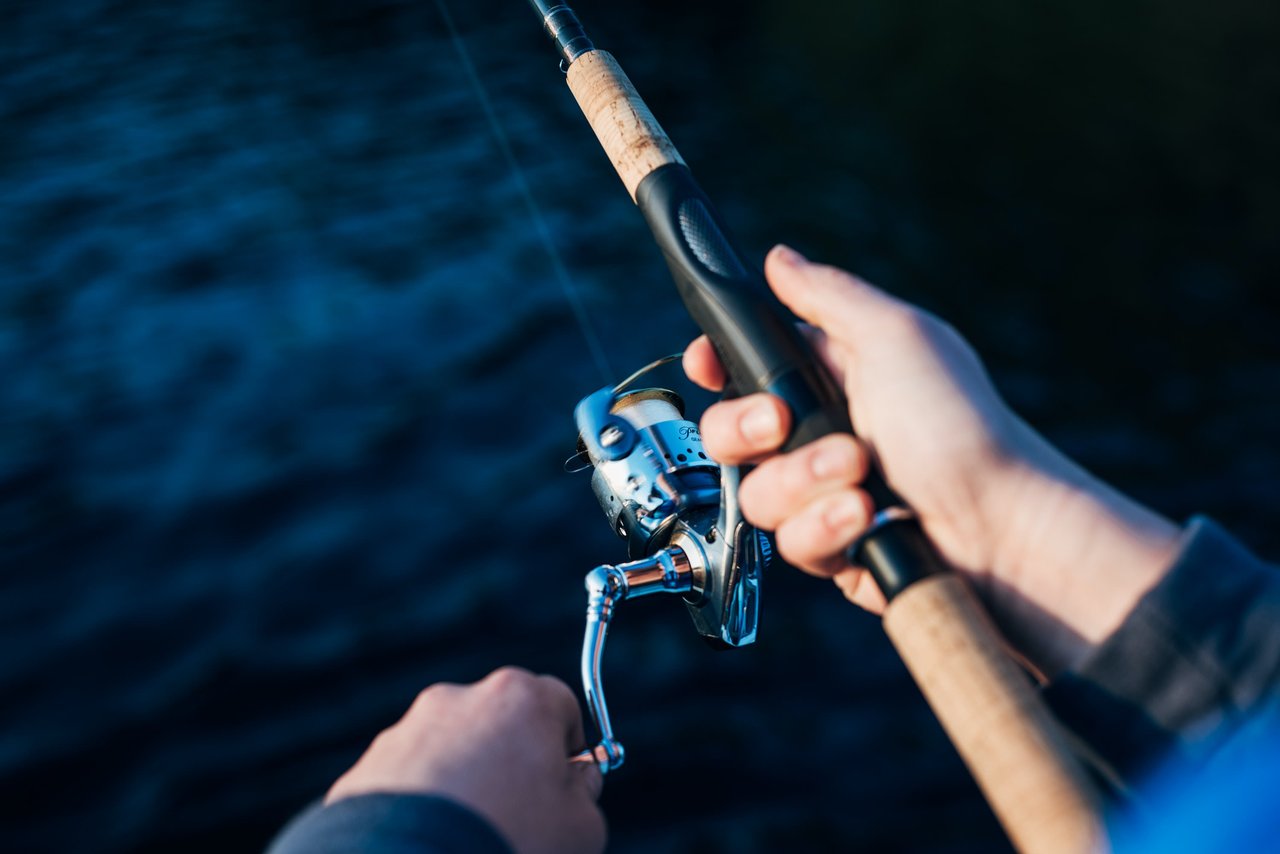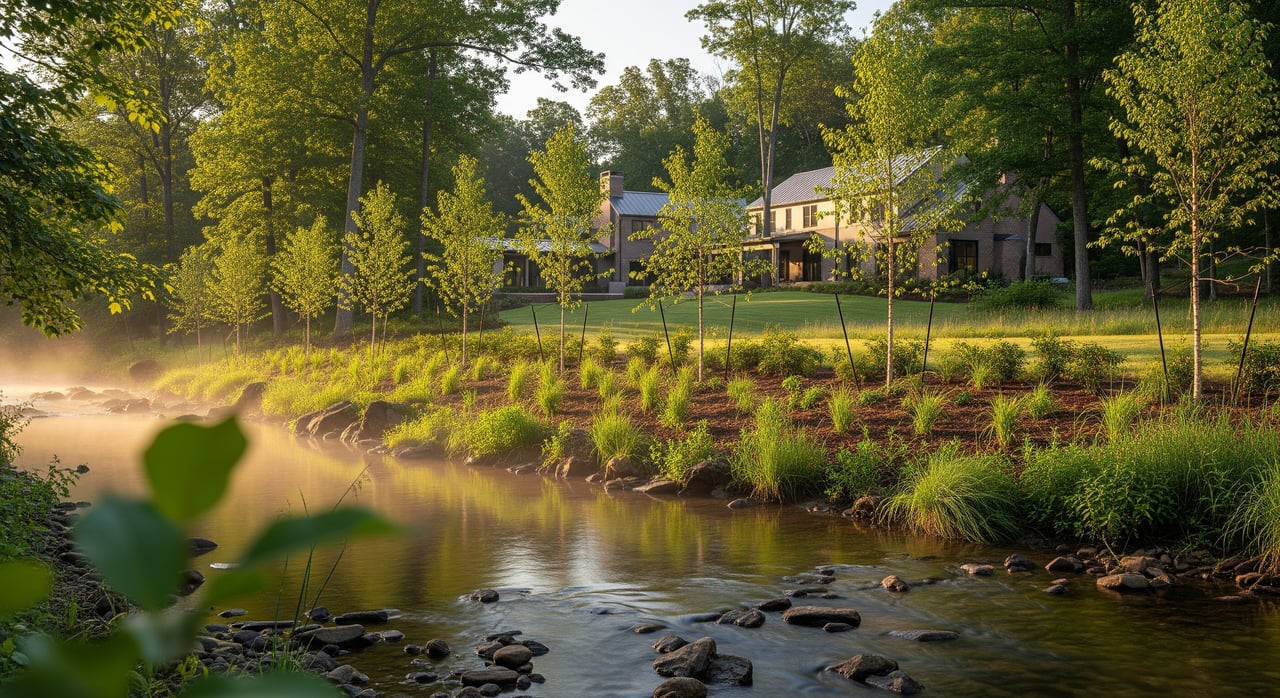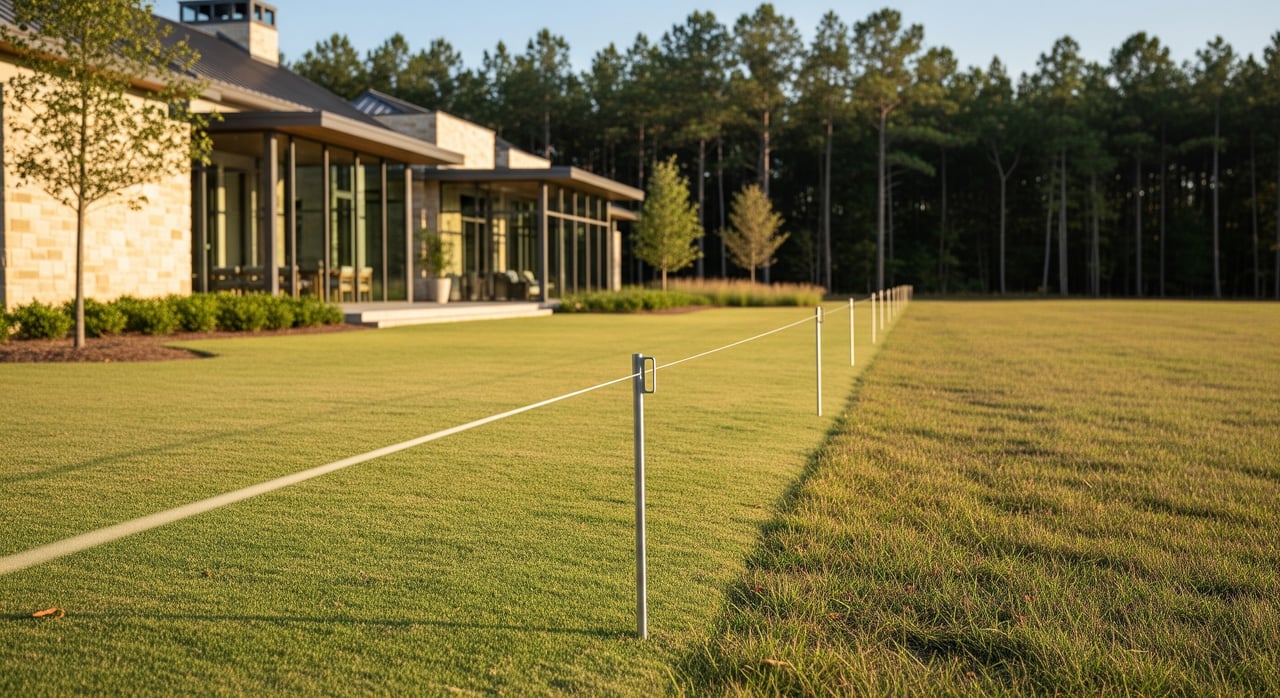Inshore fishing|Outer Banks of North Carolina


At Legacy Farms and Ranches of North Carolina we love to take advantage of all the wonderful natural resources our home state has to offer. One of those precious resources is the Outer Banks where many of us flock to this time of year with a rod and reel in hand.
Inshore fishing in the fall on the Outer Banks of North Carolina can be a rewarding experience for anglers. The Outer Banks, a barrier island chain along the coast of North Carolina, offers a variety of fishing opportunities.
Here are some key points to consider:
1. Targeted Species: During the fall, you can target a variety of inshore species, including red drum (redfish), speckled trout, flounder, striped bass (rockfish), and sheepshead. These species are often more active in the cooler water temperatures.
2. Fishing Locations: The Outer Banks have a network of sounds, estuaries, and marshes that provide excellent inshore fishing opportunities. Some popular locations include Pamlico Sound, Roanoke Sound, Currituck Sound, and the many creeks and channels in the area.
3. Bait and Lures: Depending on your target species, you can use a variety of baits and lures. Live or cut bait like shrimp, mullet, and menhaden can be effective, as can artificial lures like soft plastics, topwater plugs, and spoons. Match your bait and lures to the specific fish you're targeting.
4. Tides and Currents: Understanding the tides and currents in the area is crucial for successful inshore fishing. Many fish are more active during certain tidal phases, so consult a local tide chart to plan your trips accordingly.
Equipment Makes the Difference:
5. Equipment: Medium to light tackle is typically suitable for inshore fishing in the Outer Banks. Spinning reels with 10-20-pound test line are often appropriate, but adjust your gear based on the species you're targeting. A sturdy rod and reel combo is essential for battling larger fish.
6. Fishing Charters and Guides: If you're not familiar with the area or inshore fishing techniques, consider hiring a local fishing charter or guide. They can provide valuable insights, equipment, and knowledge of the best fishing spots.
7. Regulations: Always be aware of fishing regulations and limits for the area. Fishing regulations can change seasonally, so check with the North Carolina Division of Marine Fisheries for the most up-to-date information on catch limits, size restrictions, and any closed seasons.
8. Weather: Fall weather on the Outer Banks can be unpredictable, so keep an eye on weather forecasts and be prepared for changing conditions. Dress in layers to stay comfortable as temperatures can vary throughout the day.
9. Conservation: Practice catch and release whenever possible to help protect fish populations and ensure sustainable fishing for future generations.
Local Knowledge: Hire the Guide!
10. Local Knowledge: Finally, don't underestimate the value of local knowledge. Talk to local anglers, visit bait shops, and ask for advice. They can provide insider tips on where the fish are biting and what techniques are currently working best.
Inshore fishing on the Outer Banks can be a fantastic way to enjoy the beautiful coastal scenery while pursuing a variety of fish species. Just be prepared, do your research, and be mindful of the environment to make the most of your fishing experience.








Every sportsman has his or her own style when it comes to using dogs as hunting companions.

If you have a unique country home, hunting or fishing land, or other premier North Carolina property for sale, call Legacy Farms and Ranches today to learn how they can help you market your property to thousands of discerning viewers across the country.